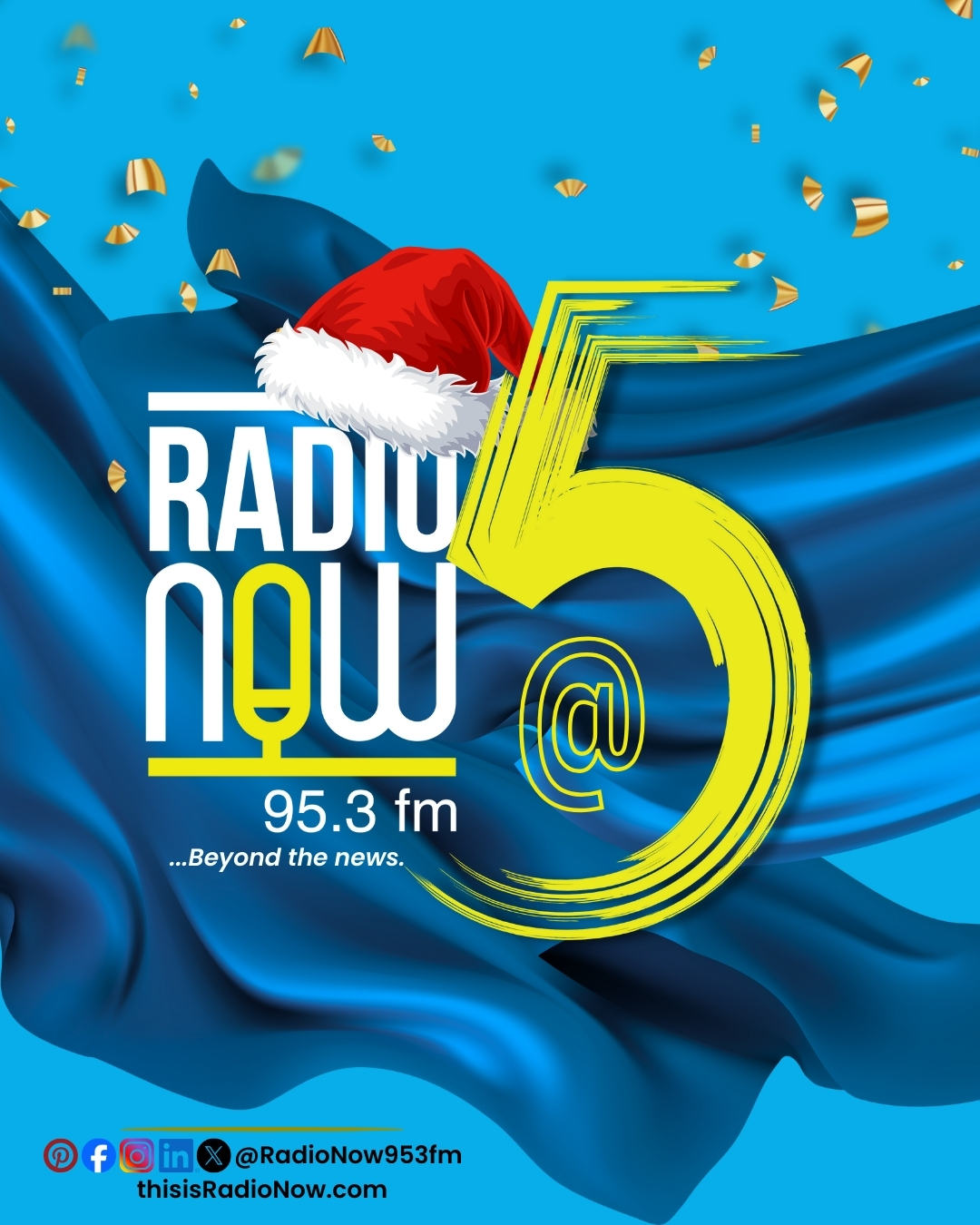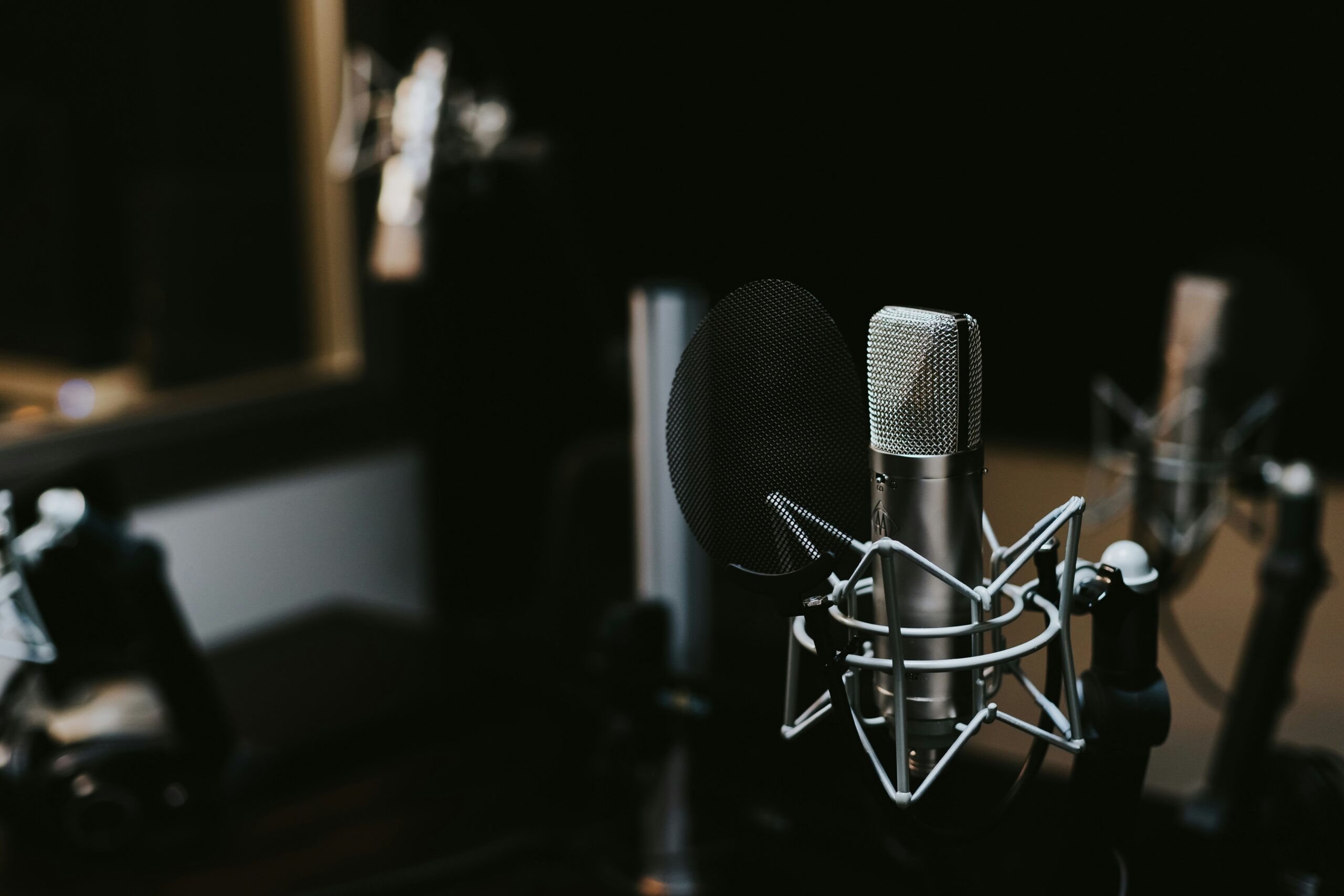For a radio station whether FM, Online, or Professional Studio, to stand out in the world of communication, there are certain standards it must meet irrespective of its channel of delivery or purpose of set up. Getting the right equipment and setup is the unique charm that can convert your ideas into high-quality broadcasts. To achieve this, you will need the right tools and information to give your listeners and audience an experience to remember.
This article will walk you through the essential radio station equipment needed for each radio station model which includes FM, online, and professional studio, offering a detailed understanding of how these tools work, and ensuring your broadcasts sound crisp, clear, and engaging. Let’s explore the equipment that powers the world of radio and discover how you can get the best out of your station.
FM Radio Station Equipment
FM radio has been the crust of broadcasting for a long time. With its ability to reach large audiences and provide real-time information, it is a powerful tool in the media industry. Setting up an FM station, however, requires certain specialized equipment that enables clear transmission and optimal reach. Here’s everything you need to set up an effective FM radio station:
FM Transmitter
This is what the heart is to a human being. It is the heart of an FM radio station. It is the lifeblood of your station—it transforms the audio signal from your studio into radio waves that can be picked up by FM receivers. When you imagine the FM transmitter, create a mental picture of what the central nervous system is to humans. The FM transmitter controls and determines the strength and audience reach of your broadcast.
Again, it comes in several power ratings, ranging from small 10-watt transmitters for community stations to massive 50,000-watt transmitters for large-scale broadcasting. Choosing the kind of transmitter to use, will be determined by the size of the audience you intend to reach and how much grounds geographically you wish to cover. For local stations, a low-power transmitter might just be what you need while regional or national stations will need a high-power transmitter that has the capacity to cover large areas and reach more people.
Another important factor to consider while choosing an FM transmitter is to ensure that your chosen transmitter meets the regulatory standards in the country where you want to set up your radio station. There are licensing rules and frequency allocation rules that govern FM transmitters and these rules vary depending on the region of location. Popular brands like Nautel, Elenos Broadcast transmitter, Teko Broadcast transmitter, and EuroCaster provide reliable transmitters suitable for a seamless broadcast.
Quality Antenna
A quality antenna is another piece of equipment needed when setting up a radio station. A powerful transmitter when paired to a weak antenna or an antenna that isn’t installed properly is as good as useless. It is like a phone without a SIM card. For maximum signal coverage, you need an antenna to work pari passu with your transmitter as the antenna is charged with the responsibility of sending your radio waves out. Height, position, and type of antenna are points to consider when setting up your station’s antenna. This has a role to play in determining the strength of your broadcast production.
There are several kinds of antennas. Each serves various purposes. Some of the antennas include; dipole, Yagi, and circular polarized antennas. A dipole antenna is one of the simplest and most used antennas, Most local stations thrive with it and find it reliable. However, circular polarized antennas are best for larger stations that need to reach urban areas where tall building structures and hurdles can interfere with signals thereby hampering broadcast.
As said earlier, to cover a wider reach and get the best out of your station, it is important to install your antenna at a very high altitude, free from physical obstructions that can block or affect signals. Tall building structures or even towers are used to mount a radio station’s antenna to ensure good broadcast delivery.
Audio Mixer
What an electric blender is to ingredients for a sauce is what an Audio Mixer is to any radio station. The job of an audio mixer is to blend and balance several sounds for the sole purpose of creating synergy in the broadcast. It is the control tower of your station. An audio mixer is an important component of any radio station, allowing you to manage and control the various audio inputs from microphones, music players, and other sources.
Multi-channel audio mixer is used by most professional radio stations because it allows them to control multiple audio sources at once. Mixers have faders specific for each channel, to enable you to have precise control over volume levels, transitions, and effects. High-end mixers also come with built-in digital effects, which can add reverb, compression, and equalization to achieve maximum quality of sound.
There are certain brands known for their production of high-quality mixers. They offer a range of options which includes; professional-grade mixers used by commercial radio stations and compact budget-friendly options. This makes them highly competitive and reliable. Brands like Allen & Heath, Yamaha, and Behringer fit well into this description.
Microphones
I once attended a musical concert where most of the microphones used for performance were terrible. The content and the composition were great but the sound was a turn-off. Good-quality microphone is essential for a clear, professional sound for every radio station. Dynamic microphones are widely used by radio stations due to their durability, noise prevention, and ability to handle high sound obstruction.
The Shure SM7B, Electro-Voice RE20, Beyerdynamic M88TG, and Telefunken M80 are two of the most widely used dynamic microphones in the broadcasting industry. They are renowned for their ability to capture voices with warmth and clarity while minimizing background noise. These microphones are often paired with pop filters and shock mounts to further reduce noise and ensure a clean, refined sound. Stations that conduct interviews or have multiple hosts, using multiple microphones connected to the mixer should make provision for each speaker to have one mic each so as to ensure that all voices are balanced, clear, and crisp.
Audio Processor
An audio processor is yet another item a radio station cannot do without. It plays a crucial role in determining and maintaining the sound quality of your broadcast. It smooths out fluctuations in audio frequency, gives clarity, and ensures that your broadcast maintains a consistent volume and tonal stability, regardless of whether you’re playing music, speaking, or airing commercials.
Audio processors from Orban and Omnia are industry standards for FM stations. Audio processors have a unique quality of applying a range of processing techniques, such as compression, limiting, and equalization, to keep the broadcast professional and stable always.
FM Modulator
Have you ever wondered how music from different radio stations finds its way to your car radio? That is the duty of an FM modulator. It injects music signals directly into your car radio. Now, this isn’t restricted to musical sounds alone. It encompasses every sound produced on a broadcast. The FM modulator is a voltage-controlled oscillator (VCO) that produces a frequency modulation (FM) signal. It is a necessary equipment in any FM station setup. It converts the audio signal coming from the studio into a modulated FM signal that can be transmitted through the antenna. Without the FM modulator, broadcasting on the FM frequency band will be impossible.
Studio Monitors and Headphones
Studio monitors and professional-grade headphones are vital for monitoring your broadcast production in real time. They allow you to hear exactly what your listeners are hearing, so you can track any problems with sound quality, levels, or interference before it is transmitted to the airwaves.
Good-quality monitors and headphones provide a flat, accurate representation of the audio, allowing you to make precise adjustments. KRK, Yamaha, and Sennheiser are brands that are known for their excellent studio monitors and headphones. They are tested and trusted. They also have a worldwide reputation for these qualities in the media industry.
Online Radio Station Equipment
The online space is a limitless and boundless space especially when it comes to news, stories, and information. With the rise and acceptance of digital media, radio stations are not left behind. Online radio has become an increasingly popular and acceptable format for broadcasting. Unlike FM radio, online radio allows you to reach a global audience without much hassle, especially with the expensive cost of quality and durable transmitters or antennas. However, setting up an online radio station still requires certain specialized equipment to ensure high-quality streaming and smooth operation. The fact that the online space or radio format is cheaper and accessible isn’t an excuse for mediocrity.
Streaming Software
As opposed to transmitters, FM modulators, audio processors, and other equipment relevant to FM radio broadcasts, streaming software is the core of any online radio station. It allows you to manage your playlists, broadcast live shows, and stream your content to listeners around the world. The best streaming software should have a user-friendly interface, reliable performance, and smooth integration with streaming servers.
Widely used streaming software platforms include SAM Broadcaster, RadioBOSS, and Mixxx. These platforms provide advanced features such as automated playlist scheduling, crossfading, and real-time listener statistics. Most streaming software comes with built-in streaming encoders that convert your audio into the right format for online streaming.
Audio Interface
This is a bridge between the old and the new. It serves as a path between the analog world of a studio and the digital world of online broadcasting. and An audio interface is essential for connecting your microphones, mixers, and other audio equipment to your computer. It converts analog signals into digital data that can be streamed online.
The Focusrite Scarlett 2i2 and PreSonus AudioBox are two popular audio interfaces used by online radio stations. They offer excellent sound quality, low latency, and easy connectivity to both Mac and PC systems. There is no legit online radio without a good audio interface.
USB Microphones
The online radio involves the use of computers. For smaller online radio stations or podcasters, USB microphones provide a simple and cost-effective solution. These microphones plug directly into your computer’s USB port, solving the need for a separate audio interface. USB mics such as the Audio-Technica ATR2100x-USB and the Blue Yeti offer excellent sound quality and are perfect for online radio hosts, interviewers, or solo broadcasters. You do not need to break the bank to get these.
Streaming Server
Yes, you have successfully created perfect and excellent content for broadcast but to be able to broadcast your content to listeners all over the globe, you would need a streaming server. This server is charged with the sole responsibility of distributing your audio streams to listeners’ devices and ensuring smooth and uninterrupted usage.
Popular streaming server platforms include; Shoutcast, Icecast, and Radio.co. These platforms provide scalable solutions, allowing you to grow your listener base without worrying about bandwidth limitations. Many streaming services also offer integrated listener analytics, so you can track how many people are tuning in, where they’re located, and what devices they’re using to listen.
Automation Software
This gives your online station listeners a 24/7 experience. One of the major advantages of online radio is that you can automate much of your station’s operation. Automation software allows you to schedule playlists, manage commercials, and even handle live broadcasts, ensuring that your station runs smoothly around the clock—even when you’re not in the studio.
Radio automation software like StationPlaylist Studio, SAM Broadcaster Cloud, and ZaraRadio provides powerful tools for automating your station’s content. These platforms allow you to schedule shows in advance, automatically fade between tracks, manage live shows with ease, and still maintain industry standards.
Professional Radio Studio
Everything we’ve discussed is part of the necessary equipment FM radio, online radio, and even professional studio needs. A professional studio just for more details also needs the following:
Microphone Accessories: Pop Filters and Shock Mounts
For professional sound quality, it’s important to equip your studio with the right microphone accessories. Pop filters help reduce plosive sounds (such as “P” and “B” sounds), while shock mounts prevent vibrations from being picked up by the microphone. These accessories are inexpensive but essential for maintaining clean, high-quality sounds.
Soundproofing/Acoustic Treatment
For maximum audio quality, it’s essential to treat the studio acoustically. Acoustic panels, bass traps, and diffusers help limit unwanted reflections, echoes, and background noise, ensuring that only the intended sounds are captured during recording or broadcasting. Proper soundproofing also prevents external noise from leaking into the studio, which should be considered in urban environments.
Streaming and Recording Devices
Every professional studio should have a streaming encoder such as the Barix Instreamer for live broadcast. It is used to compress and send the audio to an online streaming platform. Additionally, having a digital recorder (like Zoom H6 or Tascam DR-40) is useful for backup recordings of live shows or for pre-recording segments that can be scheduled to be played later.
On-Air Light
An On-Air light is a unique and sacrosanct tool for indicating when a live broadcast is in progress. It helps prevent interruptions and ensures that everyone in the studio is aware when the show is live. Most studios use the red and green light indicators: where red means unsafe for entry and green signifies entry.
In conclusion, every radio station whether FM or online, the studio requires the above equipment discussed to ensure clarity, reliability, and flexibility during broadcasts. From microphones and mixers to software and acoustic treatments, each piece of equipment plays an important role in producing a refined, engaging radio show. Proper setup and maintenance of equipment help create a seamless broadcasting experience, whether for a traditional radio station or an online platform. Something as little as lighting is as important as the show itself. They all come together to give listeners an unforgettable experience.






Leave feedback about this
You must be logged in to post a comment.